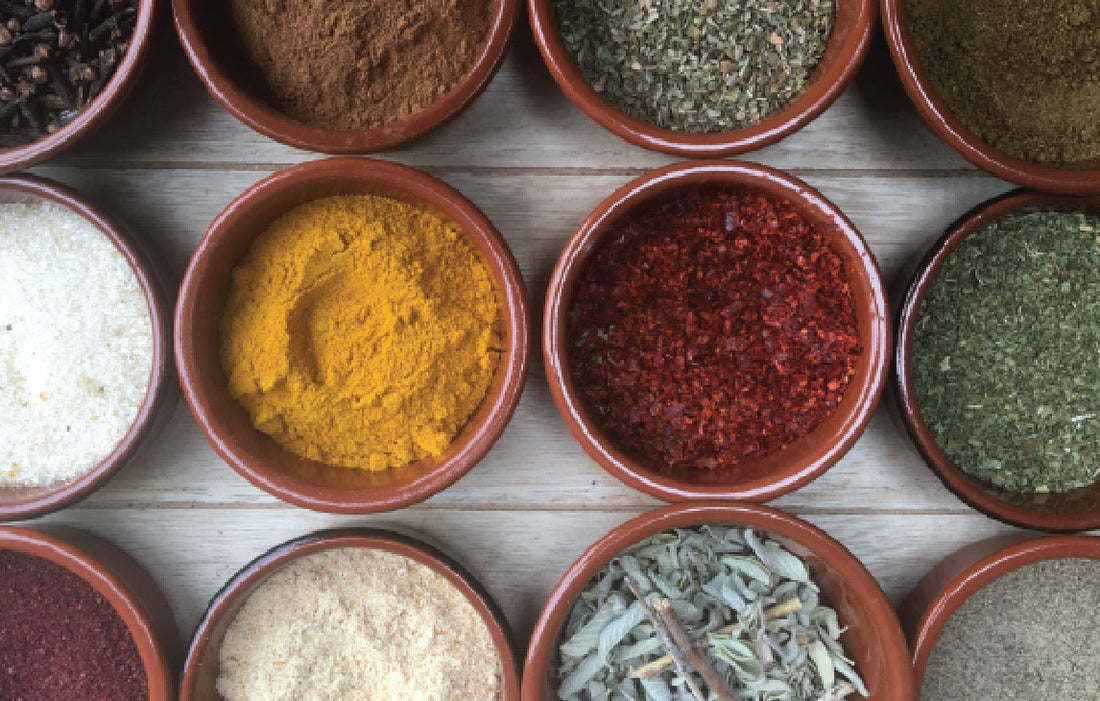
Phytogenics are the Future of Animal Health
Share
Restriction on the use of in-feed antibiotics in many countries has fuelled the interest in alternative products. A group of natural products known as phytogenics has been the focus of numerous studies in recent years. Also referred to as botanicals, phytogenics are plant-derived products used in feed to potentially improve animal health. Aside from having antimicrobial activity, these products potentially provide anti-oxidative effects, enhance palatability, improve gut functions and reduce fungal proliferation.
What products are being used as phytogenic feed additives?
Phytogenics comprise a wide range of substances and thus have been further classified according to botanical origin, processing, and composition. Phytogenic feed additives include herbs, which are non-woody flowering plants known to have medicinal properties; spices, which are herbs with intensive smell or taste, commonly added to human food; essential oils, which are aromatic oily liquids derived from plant materials such as flowers, leaves, fruits, and roots; and oleoresins, which are extracts derived by non-aqueous solvents from plant material. Two of the most common phytogenic substances evaluated in animals include the herbs oregano and thyme.

Improved gut function. Improvement in gut function is mainly attributed to the possible stimulatory effect of phytogenic substances on digestive secretions, such as digestive enzymes, bile, and mucus. Phytogenic substances from certain herbs, spices, and their extracts have also been shown to have pharmacologic actions within the digestive tract, as evidenced by their relaxant and spasmolytic effects.
Anti-oxidative effects. Anti-oxidative properties of some phytogenic substances have been attributed to the phenolic terpenes in the essential oils. Plants high in terpenes include rosemary, oregano, and thyme. These effects help protect neurons and organs from free radical damage and oxidative stressors.
Antimicrobial effect. The medicinal or antimicrobial properties of plant-derived substances have been well known for centuries. This property is mainly attributed to the essential oils of these plants. Oregano and thyme are among those which have received a great deal of interest. These plants contain the monoterpenes carvacrol and thymol, respectively, and have demonstrated high efficacy in vitro against several pathogens found in the intestinal tract such as E. coli, Listeria and Staphlococcus aureus. This suggests that phytogenic feed additives may be suitable replacements for in-feed antibiotics to improve animal health and growth performance, particularly during the first few weeks of life.
Anti-inflammatory effect. A meta-study, listed below, shows improved wound healing when applied to humans with lacerations. The effect was categorized as antibacterial as well as enhancing the wound healing phases.
Anti-Fungal effects. Used to prevent food spoilage as well as combat fungal growth with in vivo studies. Aspergillius fumigans and Candida albicans are both inhibited by carvacrol in animal model research.


Are phytogenic feed additives totally safe?
Even though a product is said to be of natural origin, it is important to note that various antibiotics also are of natural origin. The fact that some herbs and spices also exhibit antimicrobial properties suggests that phytogenic feed additives may pose similar risks to producers and meat consumers. Similarly, potential overdose that may be harmful to the animal also is possible. All of these considerations warrant further investigation into the safety of phytogenic feed additives both for humans and animals.
References:

